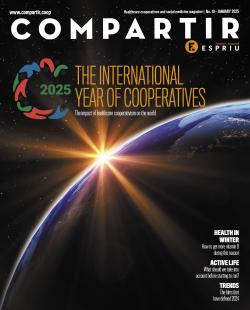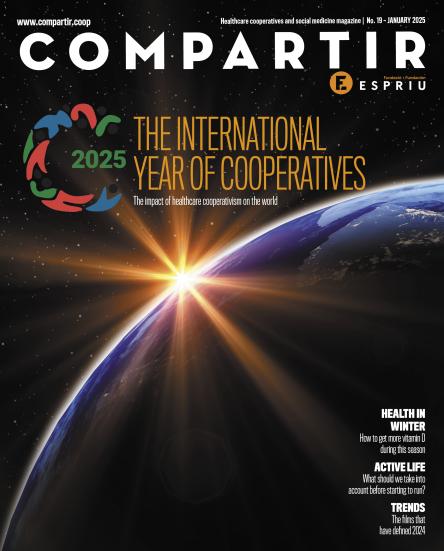
External cephalic version, or how to turn a breech baby
We describe this procedure and explain why it is performed and everything you need to know before undergoing an external cephalic version.
External cephalic version (ECV) is an obstetric procedure designed to correct the position of the foetus at around 37 weeks of pregnancy. It is used when the baby is in a breech position, commonly known as bottom-first. The goal of ECV is to externally rotate the foetus into a cephalic (head-first) position.
In most pregnancies, the foetus is naturally positioned head down weeks before delivery, specifically between weeks 32 and 36. However, breech presentation occurs in approximately 3% of cases. This may be due to a number of factors, including prematurity, possible pelvic abnormalities, excess amniotic fluid volume, placenta praevia or multiple pregnancy, among others.
In the event that a foetus should present in a breech position past 37 weeks, the most common option is to perform a planned caesarean section to reduce the obstetric complications that have been seen during a vaginal delivery in this position. However, although caesarean section is a relatively safe procedure, it is not entirely devoid of risk. This is because, in general terms, it can present more complications than a vaginal birth, as it is a surgical procedure, and involves a longer recovery time and a longer hospital stay, as well as increasing the risk of infection and anaemia.
External cephalic version is a great option to correct the position of the foetus and allow a vaginal delivery, as long as the medical team approves its viability taking into account factors such as the health of the mother and foetus, the gestational age and the size and exact position of the foetus. It is important to keep in mind that in some cases this procedure is not appropriate, such as if there has been a previous delivery by caesarean section, there is vaginal bleeding, or the umbilical cord appears to be tangled.
How is ECV performed?
External cephalic version is performed by applying controlled pressure to certain areas of the mother's abdomen, guiding the foetus into the cephalic position. Prior to this procedure, blood tests and an ultrasound scan are performed to assess the health of both mother and baby. A painkiller and medication are also used to relax the uterus, making manipulation easier.
Throughout the process, the medical team continuously monitors the foetus' heartbeat and position, guaranteeing the safety of both mother and child. Although the procedure can be uncomfortable, most women do not describe it as painful. Currently, the success rate of ECV varies between 35% and 86%, with an average of approximately 50%.
Is it a safe procedure?
External cephalic version is considered a safe procedure. According to data from Quirón Salud Hospital, a teaching hospital in Madrid, Spain, the rate of emergency caesarean sections linked with the procedure is low, between 0.35% and 2%, and the risk of foetal mortality is negligible, ranging between 0.02% and 0.8%. Although complications are rare, they may occur in isolated cases: it is estimated that in 5% of procedures the amniotic sac may rupture and in 1 in 1,000 cases there is a risk of placental abruption, according to data from the Henares University Hospital, in Spain. The most common complication, which affects 7% of cases, is that the baby may turn again and go back into the breech position after having been correctly positioned. In this case a second version could be attempted. Despite these risks, ECV remains a safe option.
Ultimately, external cephalic version is a safe and painless procedure that aims to turn a baby in the breech position to facilitate a vaginal delivery with the least possible risk. The obstetrician will assess whether ECV is viable by assessing the condition of the mother and foetus, and ruling out any abnormalities that could put either at risk.




